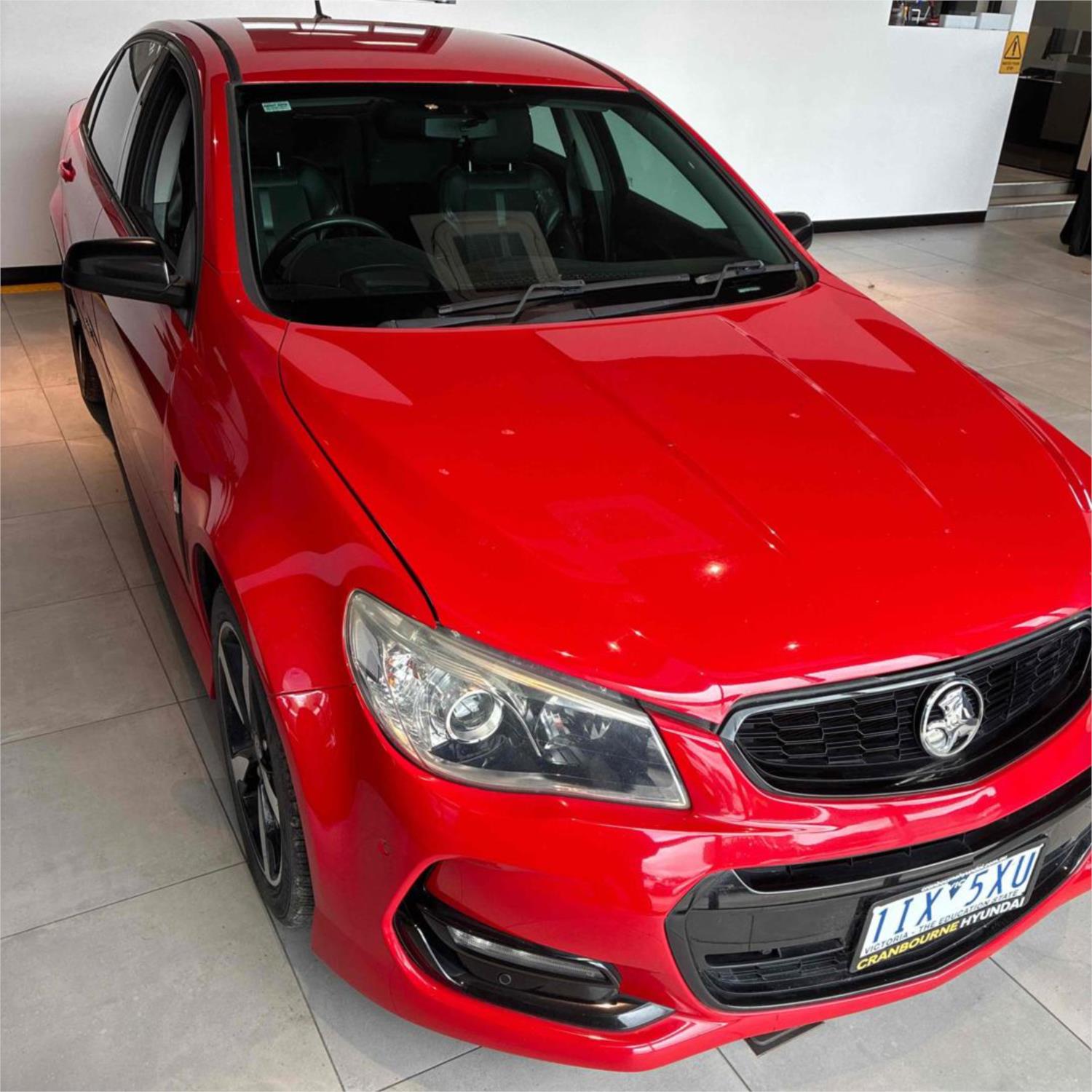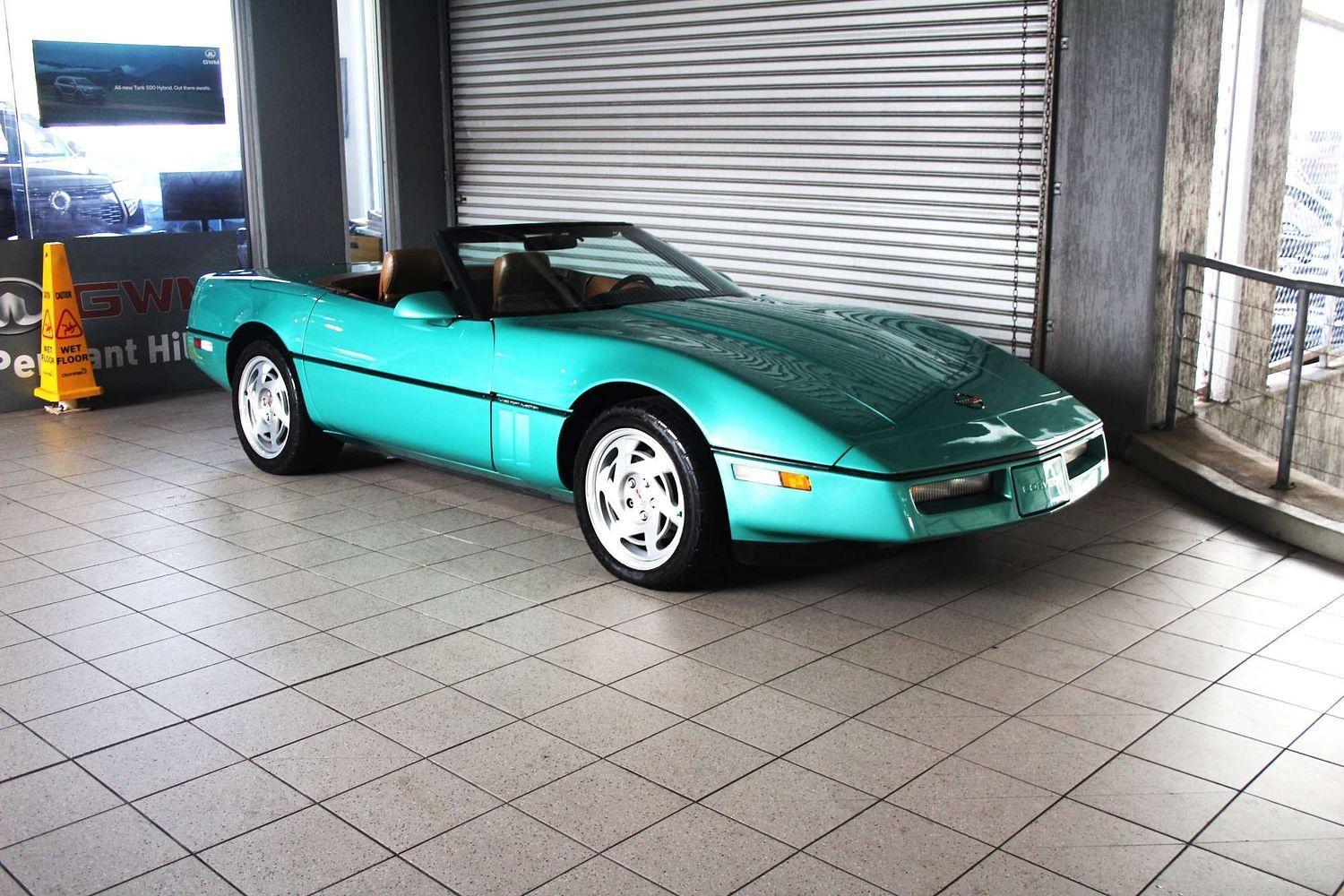BMW Zagato roadster
The decision to proceed with a convertible version reportedly came after favourable reaction to the coupe concept. However, with a commitment to build the roadster ahead of the Pebble beach event, and only six weeks to do it, the respective teams led by BMW Group Design's Senior VP, Adrian van Hooydonk, and Andrea Zagato, conjured up the prototype in record time.
"It was only with the expertise of both companies in the manufacture of high-end one-off cars and another display of outstanding teamwork that we were able to finish the car on schedule," van Hooydonk said.
Like the coupe that preceded it, the BMW Zagato Roadster is a fully operational, prototype, ready to be driven - and driven fast. BMW describe the roadster's appearance as "poised and eager - demanding to be driven".
The front end features the signature BMW kidney grille, with 'Z-design' grating, aggressively-angled headlights with "razorlight" LED eyebrows, and large lower grille openings with mesh inserts. Overall, the front end is a mix of muscular shapes and sharp lines.
In profile, the standout feature is the large side vent opening, and accompanying deeply-sculpted surround that stretches into the front door. These mirror similar bonnet openings. The deliberately all-black treatment of the A pillar is also noteworthy, and focuses attention on the main bodyside sculpting.
The rear, while carrying a distinct 'hip' from the rear of the doors, is finished in a more flowing and subtle manner than the BMW Zagato Coupe, and sits lower without the coupe's subtle rear spoiler.
The rollbars are notable for their solid shape and canted-forward appearance, as well as for their colour, an earth tone - they're actually trimmed in leather - that blends well with the overall design and makes a nice change from the usual chrome roll hoops.
"The low, dynamic roll bars, inspired by an airplane wing, are an eye-catcher that make the BMW Zagato Roadster recognisable from a distance," said Zagato's Norihiko Harada, chief designer for this project.
The 'double bubble' roof, a longstanding Zagato design trademark, obviously can't be translated effectively to a convertible, so Harada added subtle double humps to the cover for the soft top instead. These flow into the twin roll-bars, and add to the overall muscular structure of the design.
The rear is arguably the most subtle part of the whole car, with a large tinted glass strip housing the tail lights, and separating the upper and lower sections of the rear end. Reflectors and oblong exhaust openings are incorporated into the large rear diffuser, the contrasting colour of which balances out the thick, wraparound tail light band.
The BMW Zagato Roadster rolls on five spoke custom-made alloy wheels, which, like the roll-bars, take their inspiration from aircraft, specifically propellers. The satin finish of the wheels matches that of the paint. Zagato describe the low-gloss liquid metal look as "brilliant grey", with different light varying the appearance from dark grey to light silver.
The interior picks up on the roll-bar colour, with a distinct brown palette, comprising the same rich brown leather for the seat backs, steering wheel, instrument panel, door sills, transmission tunnel and area behind the seats. The seats are black with the distinctive Zagato 'Z' logo stitched into the headrests, in the same terracotta colour as the piping. Black is prominent through the lower dash area, contrasted by matte finish aluminium detailing around the gear shifter, steering wheel and dash switchgear.
Given its bespoke, coachbuilt nature, the Pebble Beach Concours d'Elegance in the US was considered the ideal venue for the official unveiling of the BMW Zagato Roadster.
How much of the Zagato design, like those bold side vents, make it into the next generation BMW passenger cars remains to be seen.
Images: BMW























